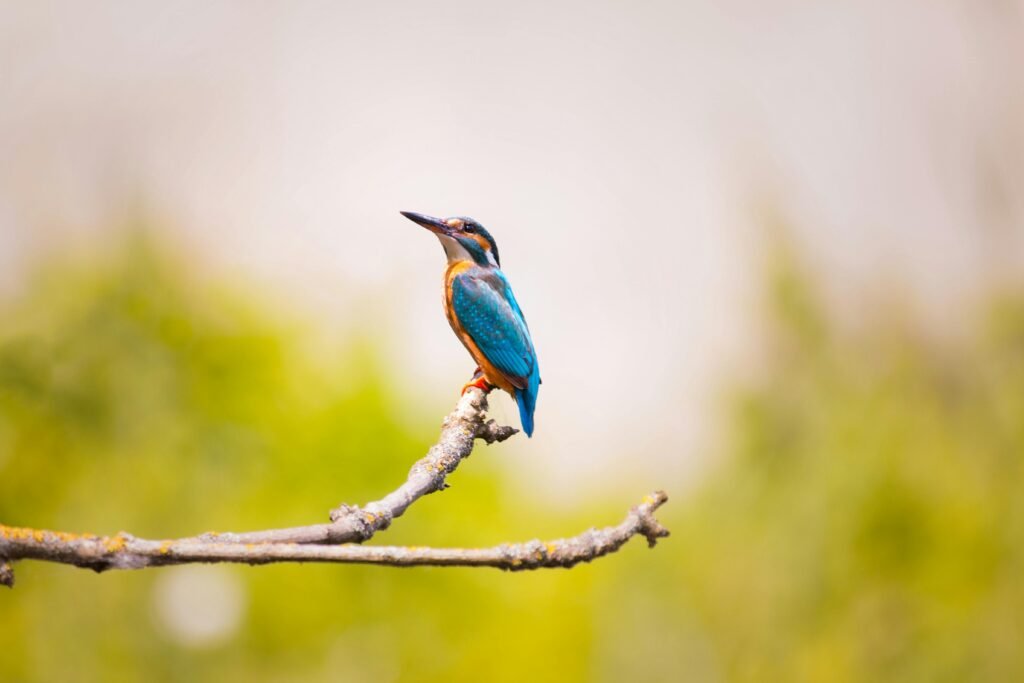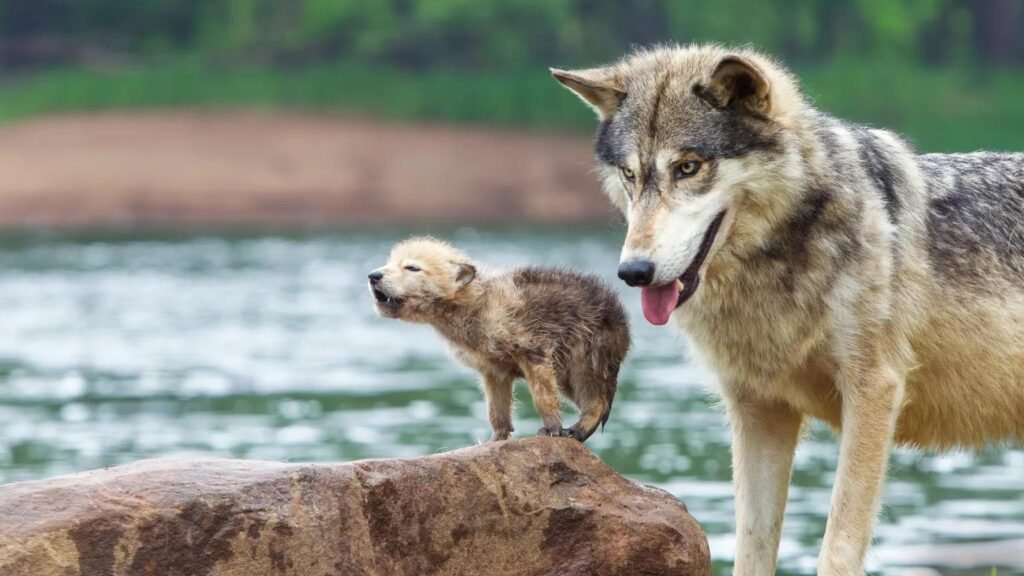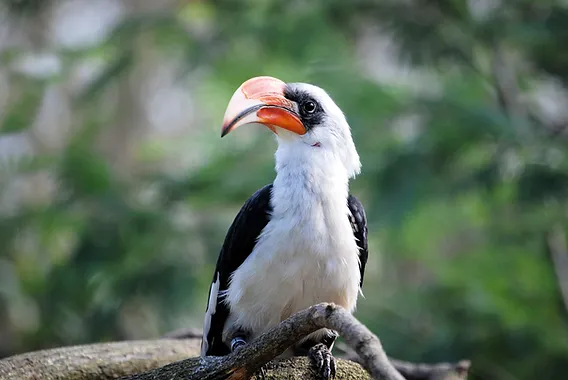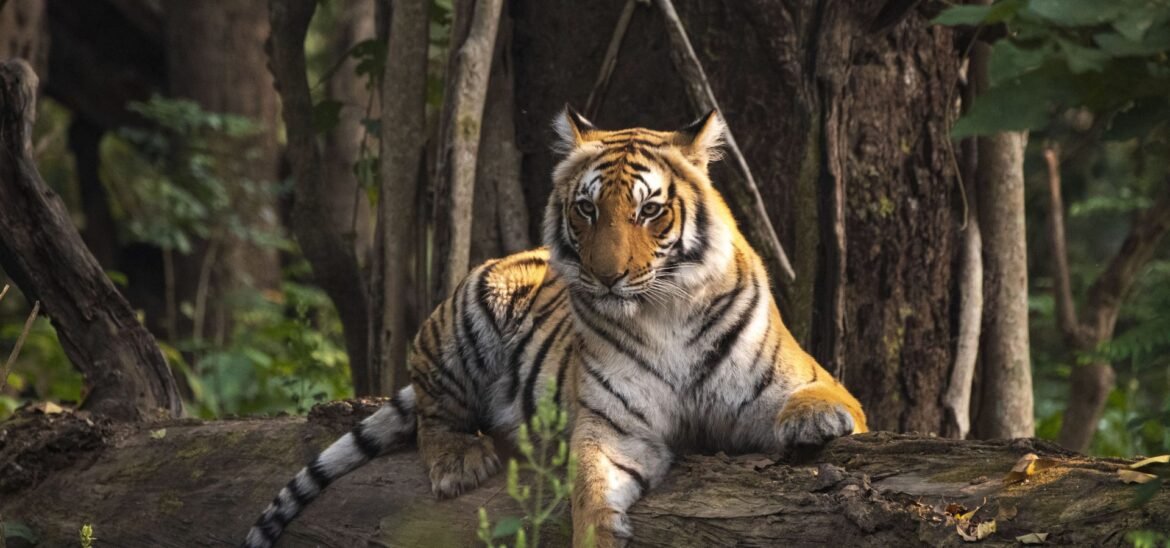The alarming decline in global wildlife populations has sparked urgent discussions about whether shrinking wildlife should be the next global agenda. Conservation groups, including the World Wide Fund for Nature (WWF), are warning that human activities are driving what they describe as a “catastrophic” loss of biodiversity, with some species on the brink of extinction. This critical issue is gaining increasing attention as scientists and environmentalists call for coordinated global efforts to address the crisis.
According to WWF’s latest Living Planet Report, global wildlife populations have decreased by an average of 73% over the last 50 years, a staggering figure that highlights the need for immediate action. From elephants in tropical forests to hawksbill turtles in coral reefs, the world’s wildlife is disappearing at a rapid rate. Can shrinking wildlife be the next global agenda? is a pressing question as world leaders prepare to address this crisis at international environmental summits.

The Causes of Shrinking Wildlife Populations
The WWF report attributes the sharp decline in wildlife populations primarily to habitat destruction, overexploitation, pollution, climate change, and the spread of invasive species. Human activity, particularly the ways in which we produce and consume food, has significantly degraded natural habitats, leaving ecosystems on the verge of collapse. Can shrinking wildlife be the next global agenda when issues like deforestation and industrial pollution continue to threaten the very spaces that these species rely on for survival?
One of the most affected regions is the Amazon rainforest, often referred to as the lungs of the planet. The report reveals that 60% of the Amazon pink river dolphins have been wiped out due to a combination of pollution, mining activities, and civil unrest. The Amazon’s potential collapse could lead to devastating consequences, as its ability to absorb carbon and mitigate climate change is critical for global environmental health.

Hope Amid the Crisis: Isolated Conservation Successes
Amid the grim findings, there are also success stories that provide a glimmer of hope. In East Africa, for example, a sub-population of mountain gorillas in the Virunga Mountains increased by 3% per year between 2010 and 2016, thanks to targeted conservation efforts. However, these isolated victories are not enough to counter the widespread destruction of habitats, as highlighted by the WWF.
Can shrinking wildlife be the next global agenda, considering both the alarming losses and the potential for recovery with concerted global efforts? Environmental experts argue that without systemic change, these small successes will be overshadowed by the accelerating rate of biodiversity decline.

The Need for Urgent Action
Experts agree that the situation is reaching a critical tipping point, and the answer to can shrinking wildlife be the next global agenda lies in the hands of governments and international bodies. Tanya Steele, head of WWF UK, emphasized that the loss of wild spaces is putting many ecosystems at risk, pushing them to the brink of irreversible damage. Coral reefs, tropical forests, and other essential ecosystems are under threat, and the consequences of their collapse could be disastrous for both nature and humanity.
Tom Oliver, a professor of ecology at the University of Reading, notes that the decline in wildlife, when combined with other factors like insect population declines, paints a worrying picture of a global biodiversity crisis. He insists that only urgent and collective action can reverse the trajectory. As world leaders prepare to meet at the United Nations Biodiversity Conference, there is hope that shrinking wildlife will be the next global agenda, spurring coordinated international efforts to protect nature.

A Call for Global Leadership
The WWF report calls on governments, businesses, and individuals to recognize that the loss of biodiversity is not only a threat to wildlife but also to humanity. Healthy ecosystems are vital for human health, prosperity, and wellbeing. The interconnectedness of climate change and biodiversity loss means that addressing one without the other is insufficient. Can shrinking wildlife be the next global agenda if the issue continues to be sidelined in favor of economic growth and industrial development?
World leaders, including those from nearly 200 countries, have committed to addressing biodiversity loss under a 2022 United Nations agreement. This pact includes a pledge to set aside 30% of the planet for nature by 2030. The UK, among other nations, has already integrated this commitment into its policies, signaling that biodiversity will play a central role in future environmental strategies.

Conclusion: Time to Act
The question of can shrinking wildlife be the next global agenda must be answered with a resounding “yes” if the world is to protect its ecosystems and prevent further biodiversity loss. The situation is critical, but with political will, collective action, and the prioritization of conservation efforts, it is still possible to reverse some of the damage and safeguard the planet’s wildlife for future generations.
As conservationists like Valentina Marconi from the Zoological Society of London point out, urgent and collaborative action from world leaders is needed to restore nature. The world is at a turning point, and the choices made today will determine whether shrinking wildlife becomes the central focus of global environmental efforts.
Stay connected to know more on arcnews.online for global news like Can Shrinking Wildlife Be the Next Global Agenda?. For videos updates visit our YouTube. Do subscribe to Arcnews to get latest updates directly in your mail box.
Have A Great Day.


